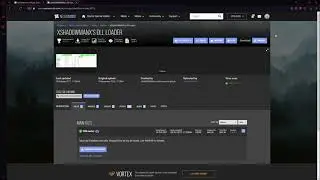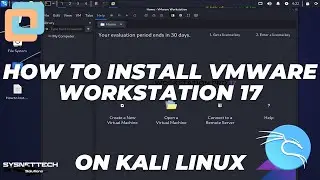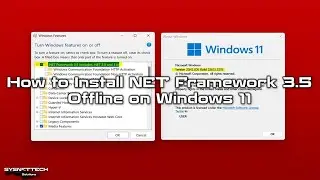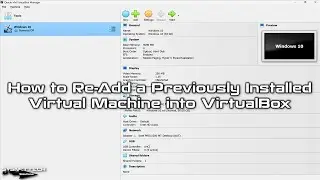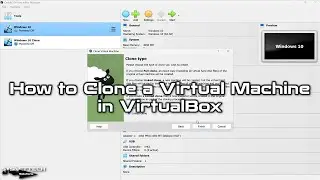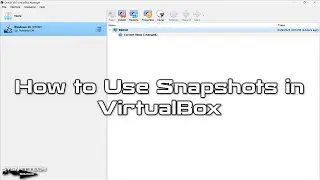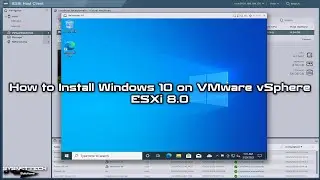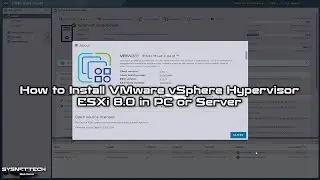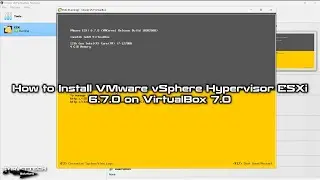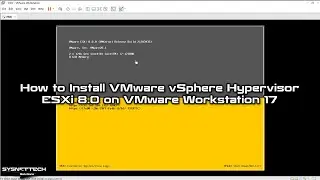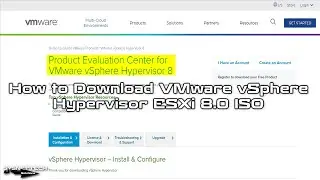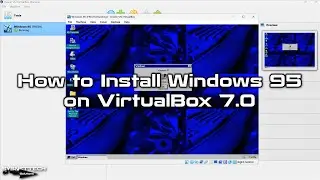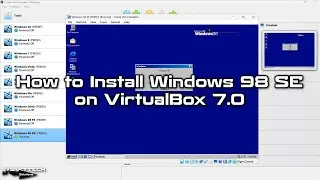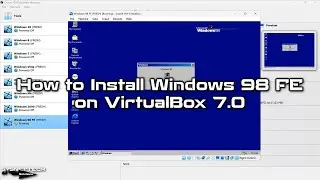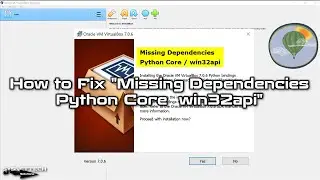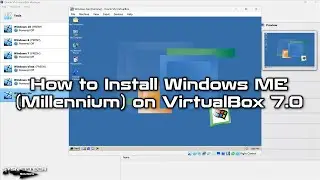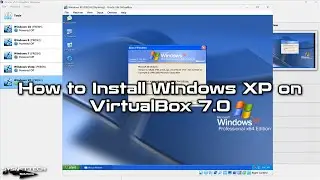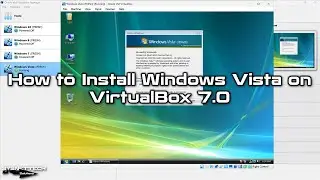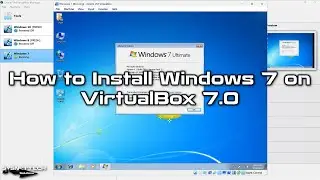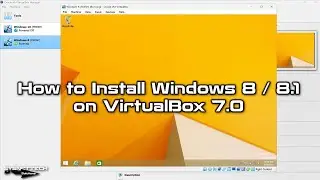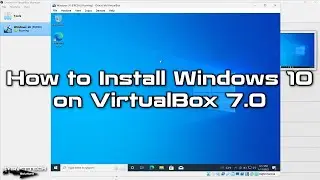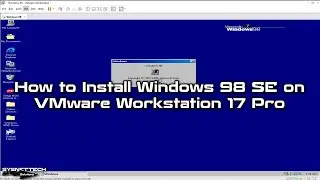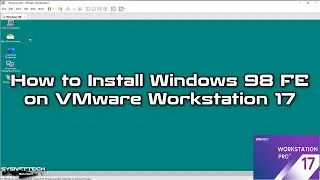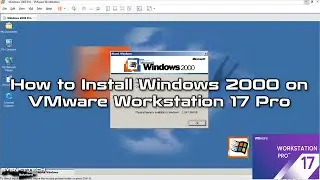How to Configure PAT (NAT Overload) on Cisco Router in GNS3 | SYSNETTECH Solutions
This video shows you how to configure PAT (NAT Overload) on Cisco Router using GNS3 and VMware virtual machines.
S U B S C R I B E ►
Article ►
To configure on
Step 1: If you have not installed GNS3 before, please refer to the following videos.
Windows
Linux / Debian
Linux / Ubuntu
macOS
Step 2: After installing it, install VMware Workstation.
Step 3: Create two virtual machines on VMware.
Step 4: Integrate VMware virtual machines with
Step 5: Add one Cisco Router and Cloud to the workspace for PAT (NAT Overload) configuration.
Step 6: Configure your computer's Ethernet adapter for the Cloud configuration. If you do not know how to configure the Cloud in GNS3, please refer to the following video.
Video
Step 7: Prepare the network topology before configuring NAT on Cisco Router. Configure the 192.168.8.0/24 network for the local network.
Step 8: For the WAN network, configure the IP address of the local network you are using. Set the IP network of your ADSL modem.
Step 9: Before configuring PAT ( ping the Google DNS server from the virtual machines and check the network connection. Virtual machines on the local network will not be able to access the Internet without NAT PAT configuration.
Step 10: You need to connect to the real network to configure PAT (NAT Overload). We will connect the virtual machines to the Internet via PAT (NAT Overload).
Step 11: For the PAT configuration, open R1's CLI prompt and execute the commands in the 6:05 timeframe in order.
Step 12: After configuring PAT, the virtual machines will now be able to access the Internet.
Step 13: You can use the following show and debug commands to verify PAT on Cisco Router.
show ip nat translations
clear ip nat translation *
show ip nat statistics
show log
debug ip nat translations
debug ip packet
Step 14: Don't forget to subscribe to our YouTube channel for more videos on Cisco networking training with GNS3!
────────BEST PRODUCT FOR CISCO TRAINING──────────
Buy ►
───────────────RELATED VIDEOS───────────────
How to Configure Static Routing
How to Configure Static NAT
How to Configure Dynamic NAT
How to Configure EIGRP
How to Configure OSPF
───────────────FOLLOW US───────────────────
Facebook
Twitter
Pinterest
Instagram
LinkedIn
███████████████████████████████████████████





